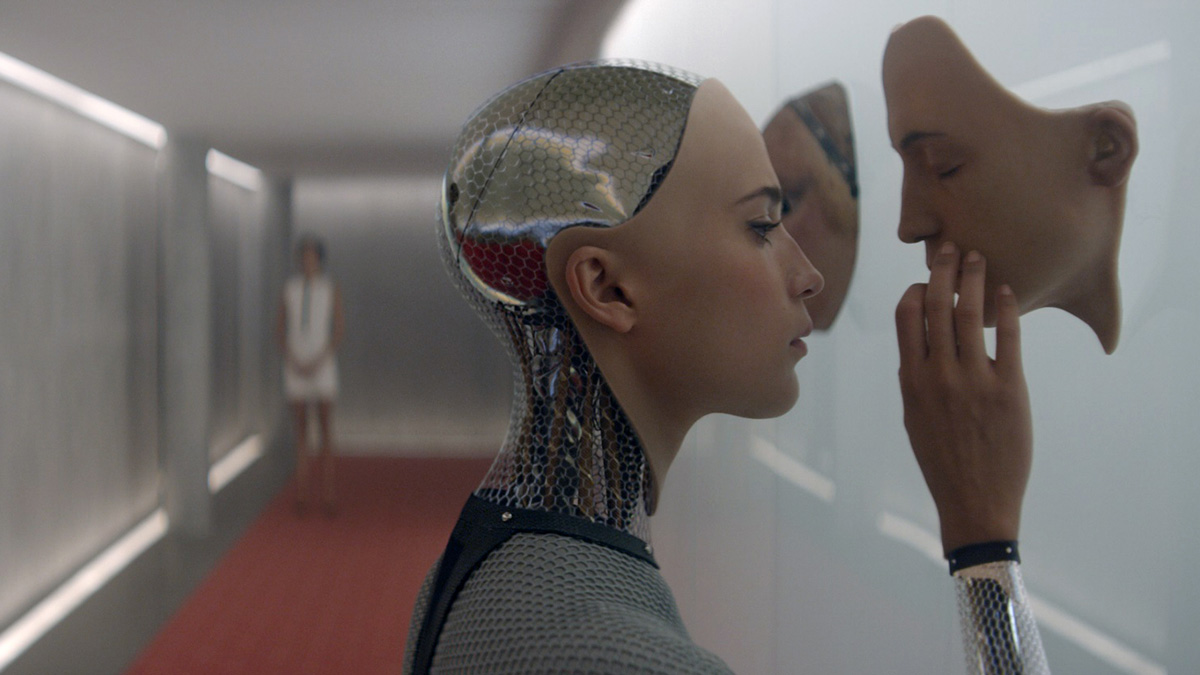
(c) Photofest / Getty Images
' Ex Machina' New sci-fi movie that wins the Academy Award for Visual Effects and updates the possibilities of independent films
2019.12.28
Director of photography's commitment
The set was set up at the historic Pinewood Studios in England. The lighting equipment, art department, and screening room were all nearby, creating an environment where staff could communicate with each other at any time. Lively discussions were held between the director and staff every day.
By the way, the director and his staff often looked at the photographs of Saul Leiter, who took pictures of everyday scenes in New York in the 1950s (for inspiration on how to shoot through glass), the paintings of Russian abstract painter Kazimir Malevich (for inspiration on lighting), Andrei Tarkovsky's `` Stalker '' (for its beauty), and John Carpenter's `` The Thing' ' (for the feeling of doubting oneself).
Furthermore, there were three points that cinematographer Rob Hardy was particular about in this shoot. The first was to respect the actors' performances by making sure to have a ceiling on the set and to create the conditions exactly as they were set in the script. In other words, the set construction was one that did not prioritize the convenience of filming lighting. The second was to standardize the lighting source for all locations and studio sets to tungsten. This was to achieve a uniform soft and rich texture. And the third and final point was to use old lenses.

"Ex Machina" Film (C) 2014 Universal City Studios Productions LLLP. All Rights Reserved.
Because the budget did not allow for the use of a film camera, they used a digital camera called the Sony F-65, but they insisted on using an old lens for the anamorphic lens needed to make the angle of view Cinemascope size. The lens they actually used was a vintage one that was also used in Star Wars: Return of the Jedi (1983).
These old lenses were made by craftsmen one by one, so they have individuality in their depiction, such as bokeh and depth. The subjects of this work are all modern, linear, and solid objects. By not pursuing sharpness too much in the camera look, a kind of "ambiguous fluctuation" is created at a level that is difficult for the audience to notice, which may have created visual depth.
However, in fact, this choice of lens was the biggest factor in putting strain on the CG team's work.

